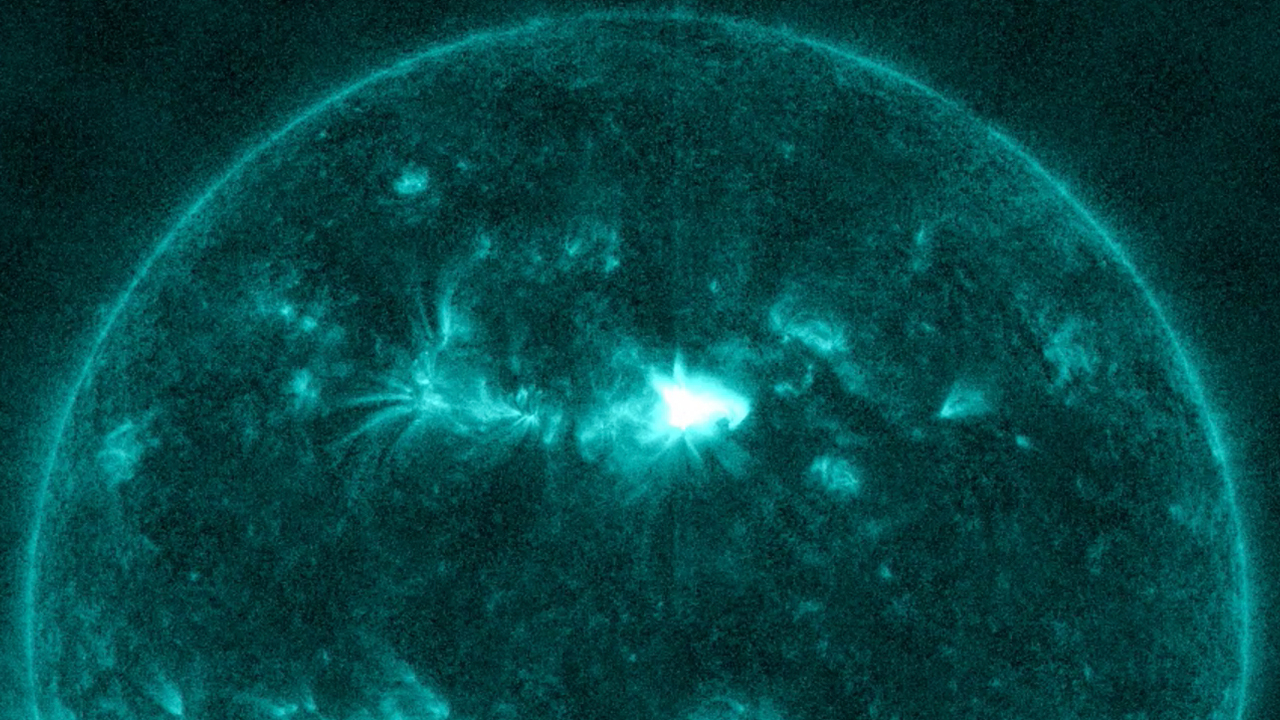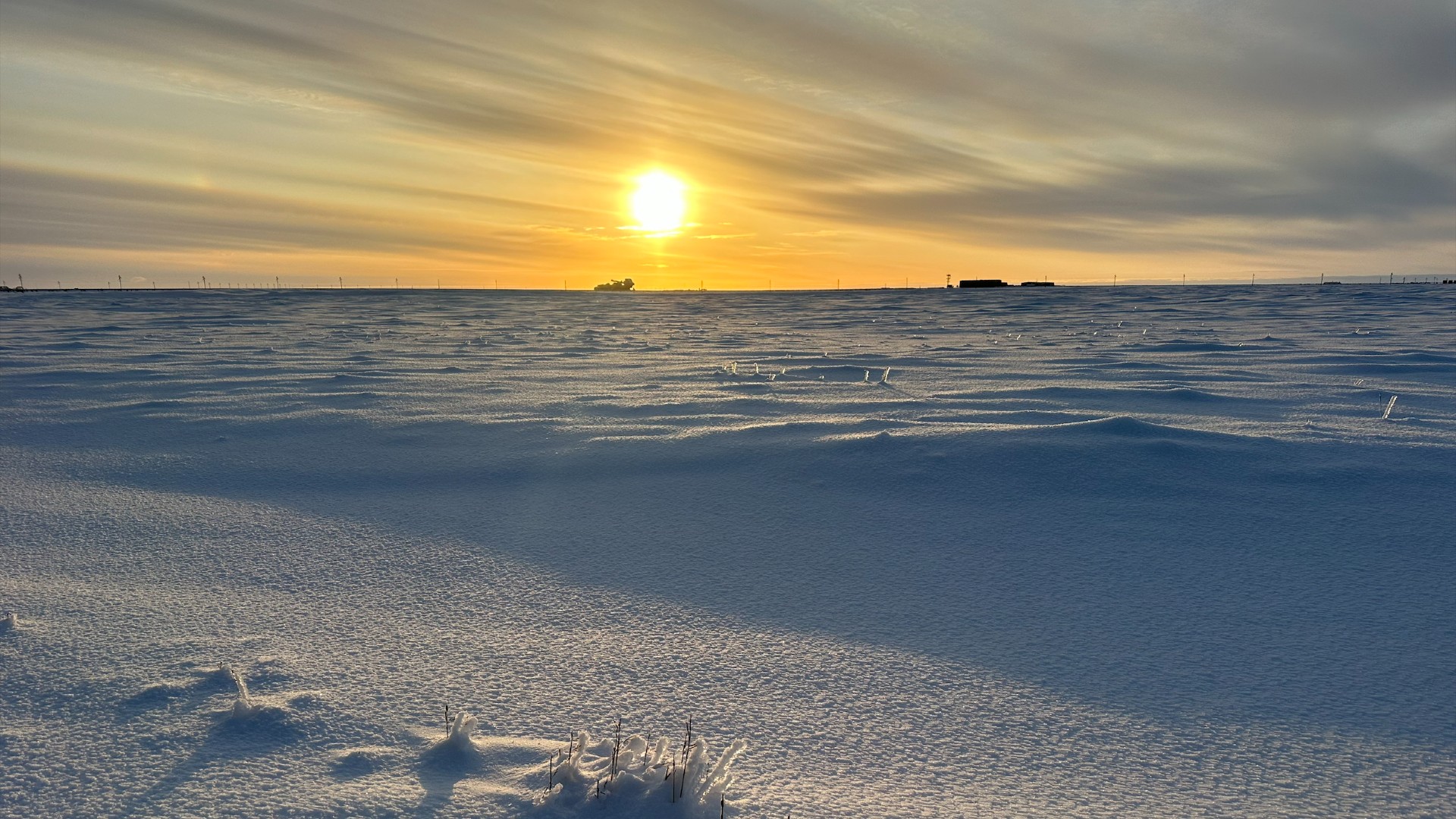Sun erupts with 17 flares from single sunspot, sending solar storms toward Earth
We might see some auroras in the coming days.
At least 17 solar eruptions from a single sunspot on the sun have blasted into space in recent days, including some charged particles that may create a colorful sky show on Earth.
The sun eruptions originated from an overactive sunspot, called AR2975, which has been firing off solar flares since Monday (March 28). We may soon see some moderate sky storms on Earth due to the stellar event.
Sunspots are eruptions on the sun that occur when magnetic lines twist and suddenly realign near the visible surface. At times, these explosions are associated with coronal mass ejections (CMEs), or streams of charged particles that shoot into space. NASA's powerful Solar Dynamics Observatory captured stunning views of the solar eruptions, as did the the Solar and Heliospheric Observatory.
"The eruptions have hurled at least two, possibly three, CMEs toward Earth," wrote SpaceWeather.com of the event. NASA and the National Oceanic and Atmospheric Administration, the website added, suggest the first CME will arrive on Thursday (March 31), with at least one other expected on Friday (April 1.)
Related: The sun's wrath: Worst solar storms in history
Modeling suggests that the particles may generate G2 or G3 (moderate) geomagnetic storms, although auroras (northern lights and southern lights) are notoriously hard to predict.
The year 2022 is expected to be relatively quiet for the sun overall, as we are still towards the beginning of the 11-year solar cycle of activity that began in December 2019. Cycle beginnings usually have fewer sunspots and fewer eruptions. Activity should increase as we approach the peak, forecasted to be in mid-2025.
Breaking space news, the latest updates on rocket launches, skywatching events and more!
Scientists are debating how strong this current solar cycle will be, although forecasts so far indicate that the average number of sunspots may be lower than usual.
While this possible storm is only moderate, NASA and other space agencies keep an eye on solar activity to improve solar weather predictions. A strong flare aimed towards Earth, along with a large CME, may induce problems such as damaging power lines or disabling satellites.
Follow Elizabeth Howell on Twitter @howellspace. Follow us on Twitter @Spacedotcom or on Facebook.

Elizabeth Howell (she/her), Ph.D., was a staff writer in the spaceflight channel between 2022 and 2024 specializing in Canadian space news. She was contributing writer for Space.com for 10 years from 2012 to 2024. Elizabeth's reporting includes multiple exclusives with the White House, leading world coverage about a lost-and-found space tomato on the International Space Station, witnessing five human spaceflight launches on two continents, flying parabolic, working inside a spacesuit, and participating in a simulated Mars mission. Her latest book, "Why Am I Taller?" (ECW Press, 2022) is co-written with astronaut Dave Williams.


